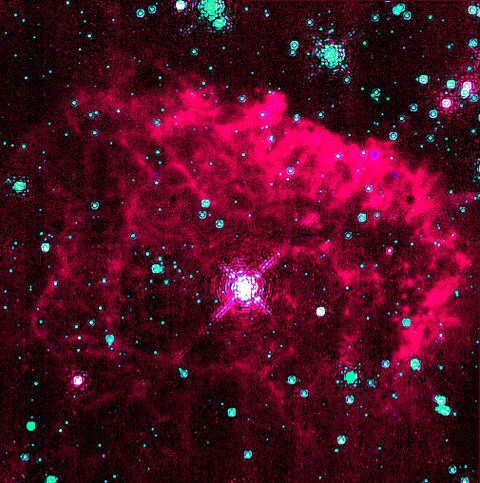At least the names for the two main possible culprits are entertaining: they are said to be either WIMPs (for Weakly Interacting Massive Particles, which is to say specks of invisible matter left over from the Big Bang) or MACHOs (for MAssive Compact Halo Objects—really just another name for black holes, brown dwarfs, and other very dim stars).
至少有两个主要嫌疑的名字受到注意:据说,它们不是“WIMP”(“弱互相作用大质量粒子”,即大爆炸留下的看不见的微小物质),就是“MACHO”(“晕状大质量致密天体”,实际上只是黑洞、棕色矮星和其他光线很暗的恒星的另一种说法)。
Particle physicists have tended to favor the particle explanation of WIMPs, astrophysicists the stellar explanation of MACHOs. For a time MACHOs had the upper hand, but not nearly enough of them were found, so sentiment swung back toward WIMPs but with the problem that no WIMP has ever been found. Because they are weakly interacting, they are (assuming they even exist) very hard to detect. Cosmic rays would cause too much interference. So scientists must go deep underground.
粒子物理学家往往赞成解释为粒子,即WIMP;天体物理学家赞成解释为星体,即MACHO。MACHO一度占了上风,但根本找不到足够的数量,所以风向又转向WIMP──问题是WIMP从来没有发现过。由于它们的相互作用很弱,因此很难识别它们(即使假设它们的存在)。宇宙射线会造成太多干扰。因此,科学家们必须钻到地下深处。

One kilometer underground cosmic bombardments would be one millionth what they would be on the surface. But even when all these are added in, "two-thirds of the universe is still missing from the balance sheet," as one commentator has put it. For the moment we might very well call them DUNNOS (for Dark Unknown Nonreflective Nondetectable Objects Somewhere).
在地下一公里的地方,宇宙射线的轰击强度只有地面的百万分之一。但是,即使把这一切都加上去,正如有一位评论家说的:“宇宙在决算表上还相差三分之二。”眼下,我不妨把它们称之为“DUNNOS”(某处未知非反射不可测物体)。
Recent evidence suggests that not only are the galaxies of the universe racing away from us, but that they are doing so at a rate that is accelerating.
近来有迹象表明,宇宙的星系不仅在离我们远去,而且离去的速度越来越快。













